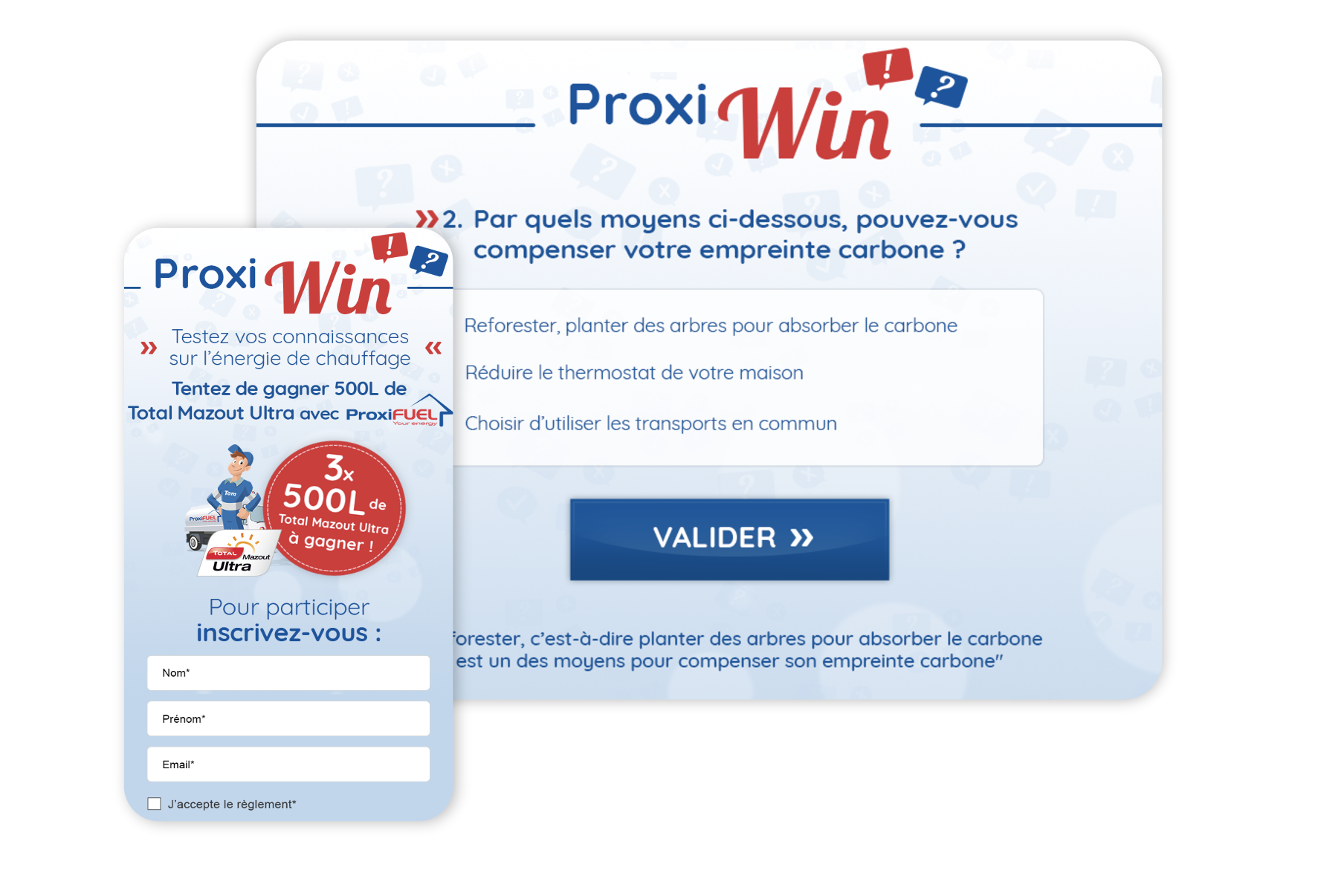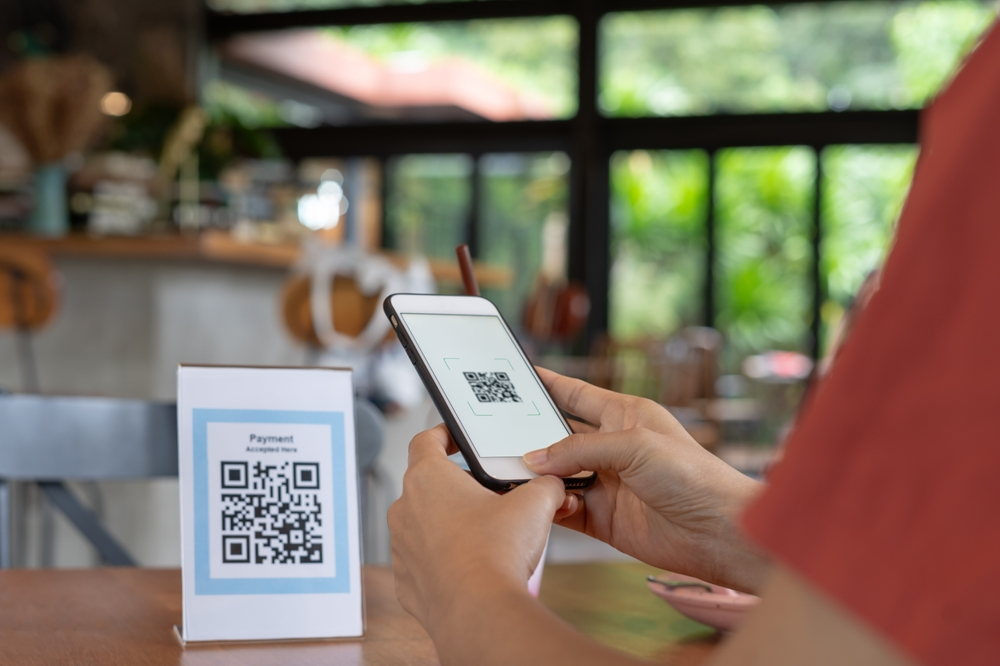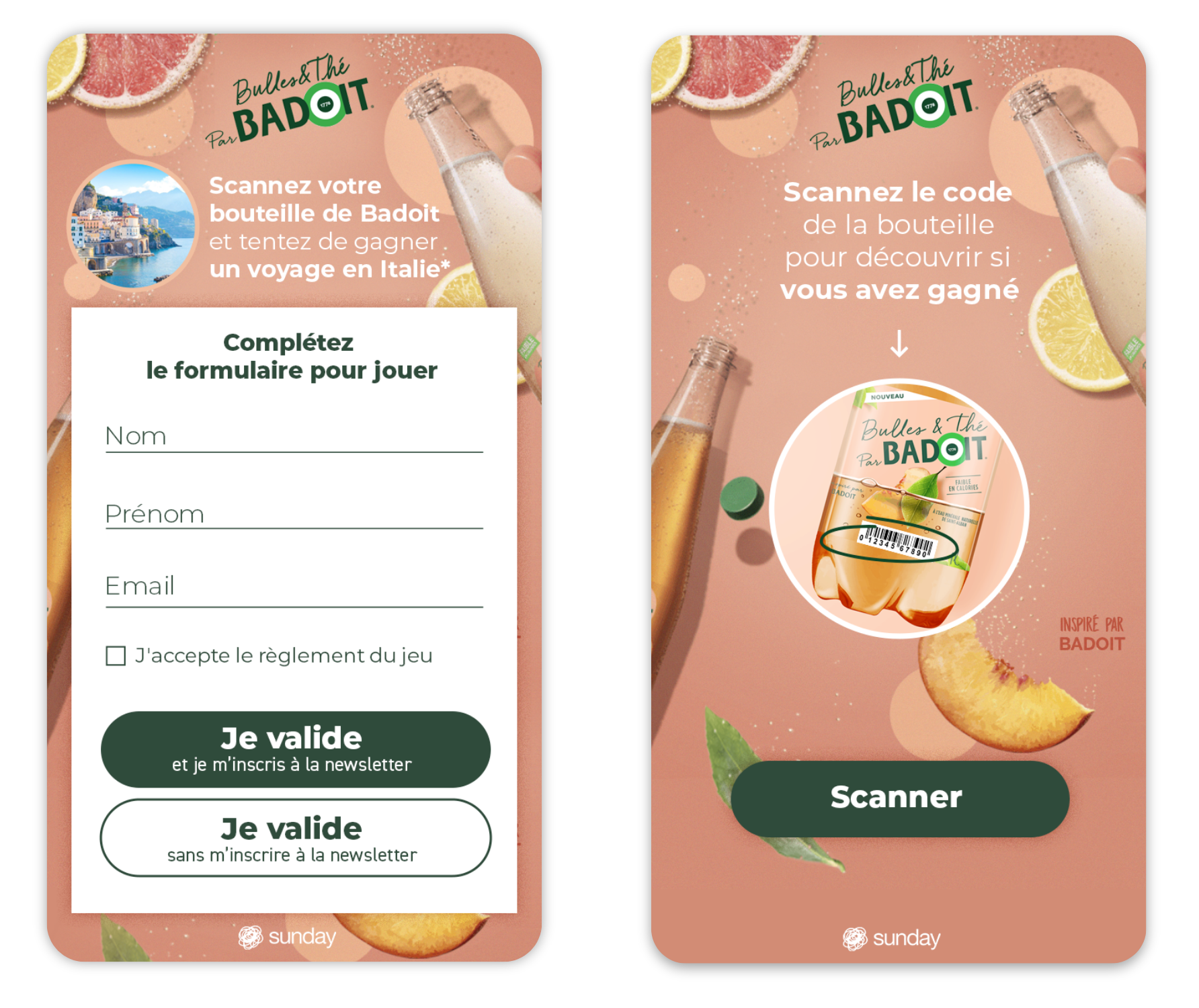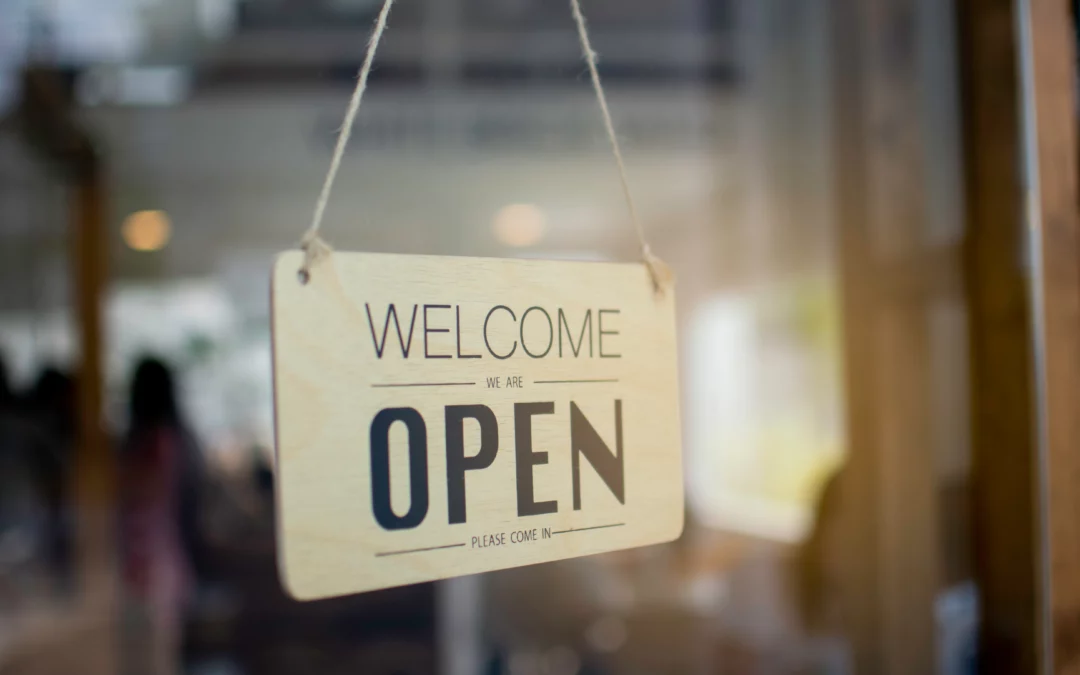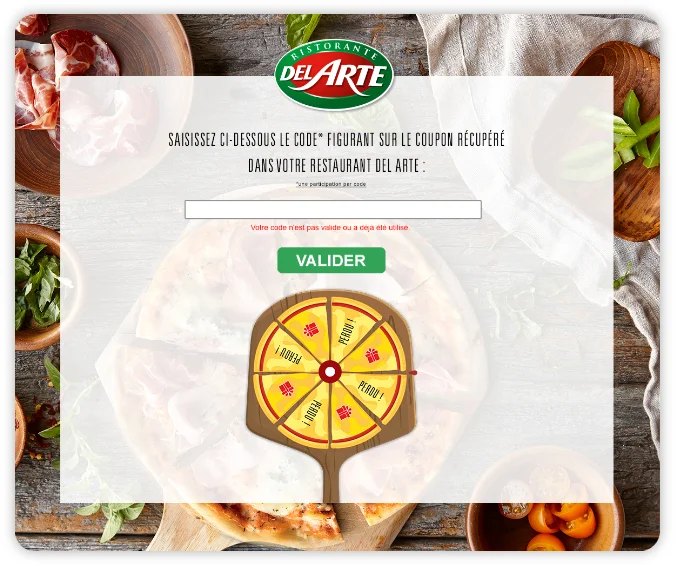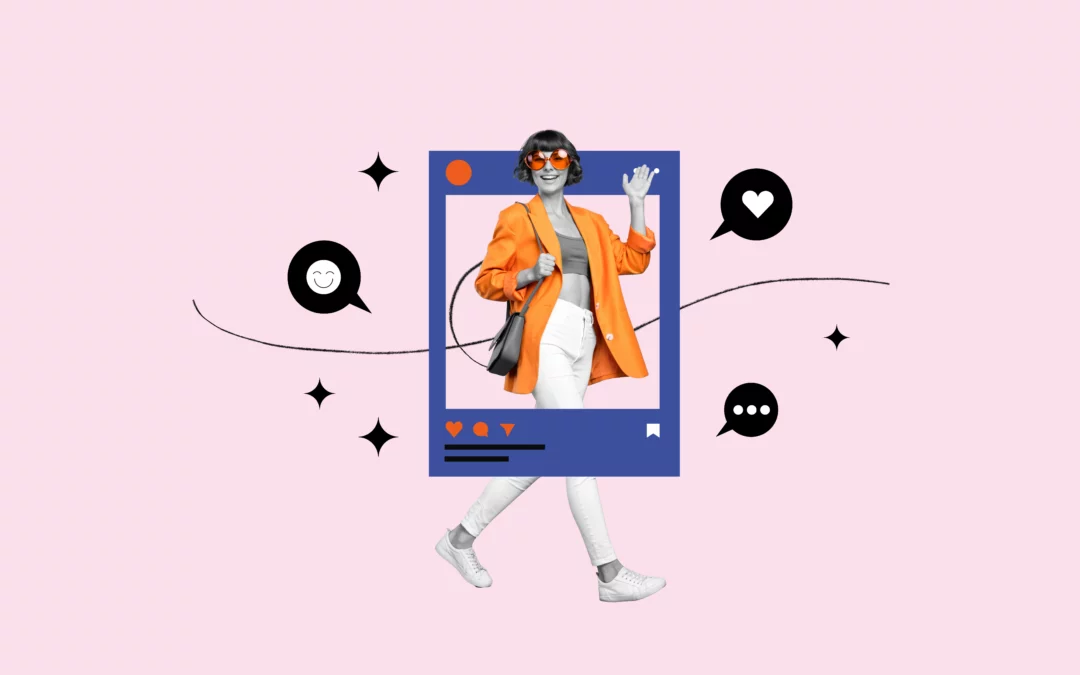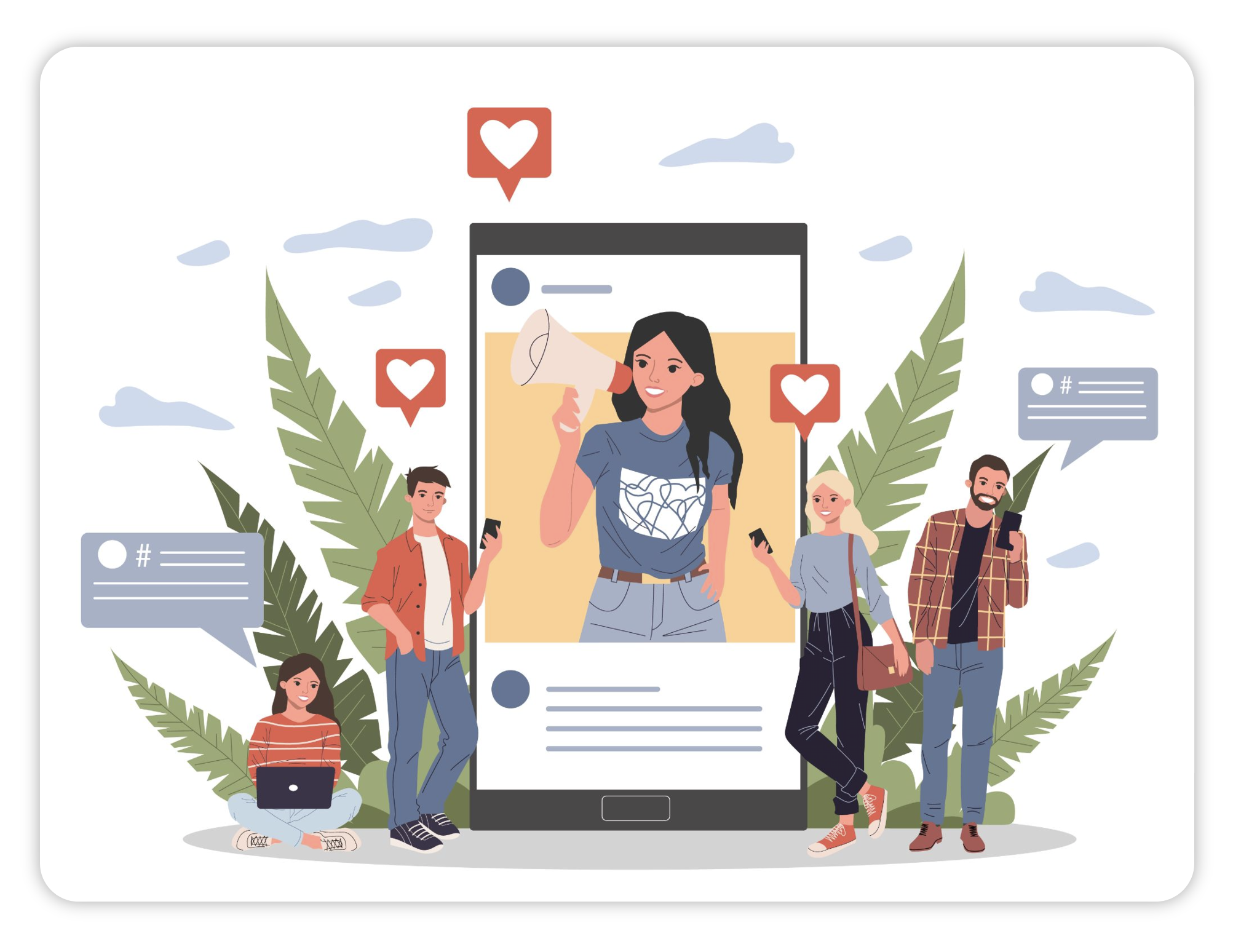
5 methods for collecting qualitative data
To engage and convert prospects into customers more easily, brands need to know their audiences. This is known as customer knowledge, and involves gathering relevant, accurate and up-to-date information about their profile, expectations and habits. This data enables brands to :
- Create products or services that meet real demand;
- Communicate on the marketing channels their customers already use with content that resonates with them;
- Offer a smoother, more enjoyable shopping experience;
- Imagining and creating contact points to extend the customer relationship and build consumer loyalty.
The crux of the matter is data collection. This is invaluable information about who customers are and what they want. With the announced end of third-party cookies, brands need to come up with data collection methods that are both effective and non-intrusive.
What are the most effective techniques for collecting qualitative data? In this article, we present 5 tools for collecting data.
1. The marketing game as a data collection method
Fun and interactive, marketing games are an excellent way of collecting data. Not only does the prospect of winning a prize help to attract prospects and engage them, but the game itself incorporates data collection mechanisms (via interactions as in Swiper or Customizer ). La marque peu également intégrer un formulaire de collecte plus classique de type formulaire en début (pour accéder) et en fin d’expérience (avant de recevoir le gain). Ce second formulaire est dédié à la qualification des participants.
Why use it: to recruit, engage and convert prospects and customers by creating memorable brand experiences.
When to use it : at every stage of the customer journey. One example might be the distribution of an instant win via the brand’s website or social networks to generate new leads.
How to use it: game marketing works as long as the form or the method of collecting zero-party data (via interactions) is in harmony with the game experience.. Les prospects et clients seront également plus enclins à partager des informations si la marque leur propose de remporter une dotation attractive.
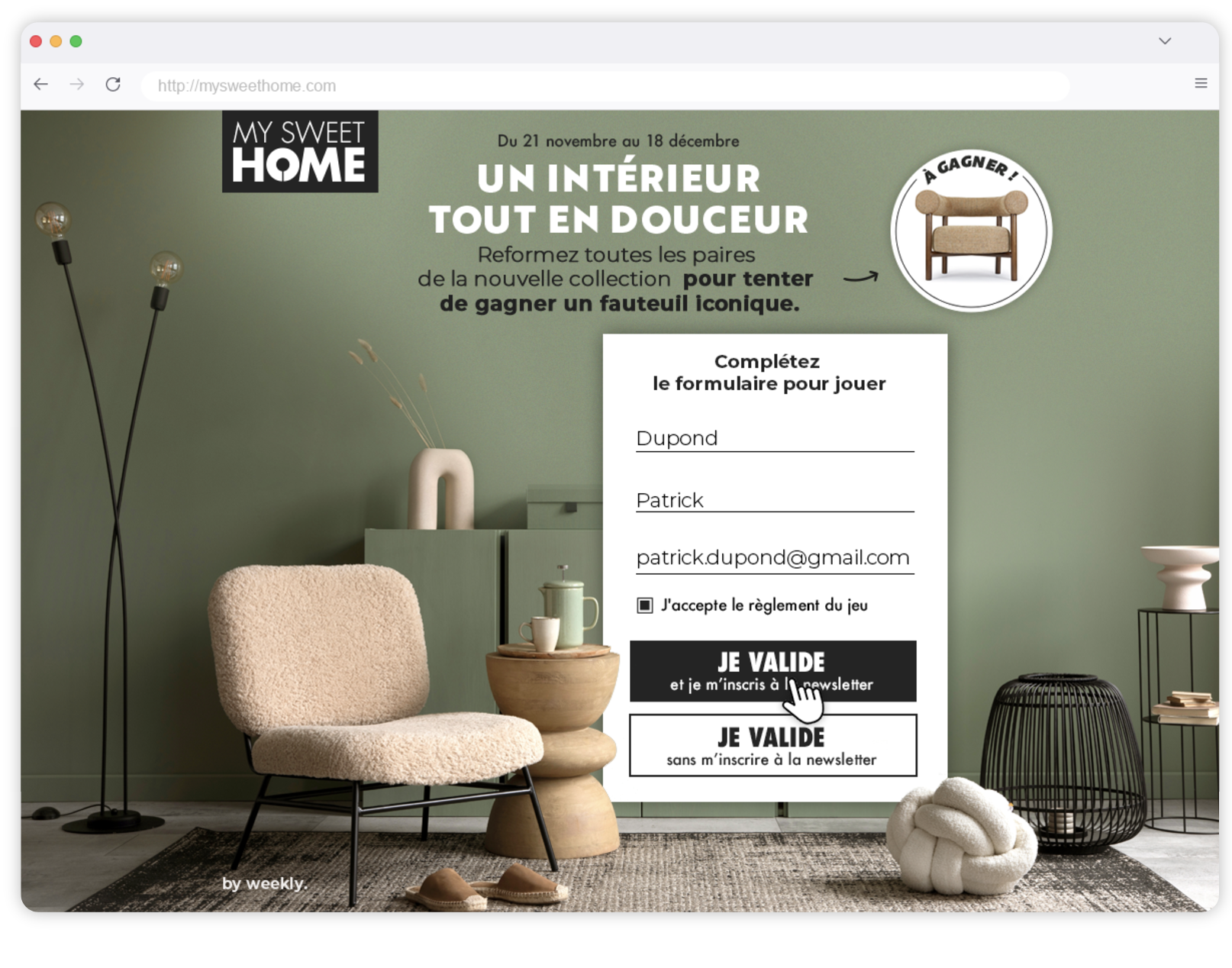
2. The form lead
Le form lead (ou formulaire de prospection) permet de générer des leads en laissant les prospects soumettre leurs informations dans un formulaire intégré à une annonce publicitaire.
Pourquoi l’utiliser : pour recruter et qualifier des visiteurs à l’aide d’un formulaire pré-rempli intégré à ses campagnes média. En plus de permettre de générer des leads, l’avantage de cette méthode de collecte réside dans sa rapidité. L’utilisateur ne quitte pas l’interface (réseau social, moteur de recherche etc.) puisque le formulaire est nativement intégré à la plateforme. Cela rend le remplissage du formulaire plus rapide et l’expérience plus rassurante pour le prospect.
Quand l’utiliser : Les leads forms peuvent être partagés aux prospects de la marque à différents moments stratégiques comme lors d’une demande de devis ou de démonstration gratuite. Ou encore l’inscription à la newsletter ou à un évènement.
Comment l’utiliser : Le form lead peut être configuré avec pré remplissage des données que l’utilisateur à rempli sur son profil (compte client ou profil sur les médias sociaux). Il est conseillé de diffuser un formulaire le plus court possible. Les champs sont entièrement personnalisables, ce qui permet à la marque de se concentrer sur les données qui sont pertinentes pour elle.

3. Coresgistration
Also known as co-subscription, coregistration allows brands to take advantage of a user’s subscription to a newsletter or another form of subscription (for example, a monthly product box) to collect data or opt-in.
This method generally takes the form of an advertiser logo, a catchphrase and then a personalised check box. When users fill in their plan form, they can tick an additional opt-in box to subscribe to the partner brand’s mailing list.
Why use it: to recruit opt-in volumes via a partner campaign in order to benefit from its audience
How to use it: as with other collaborative marketing methods (such as cobranding), the key to coregistration is to target the right partner. The more closely the brand’s value proposition and positioning are aligned with that of the partner, the more likely customers will be to tick the co-subscription box.
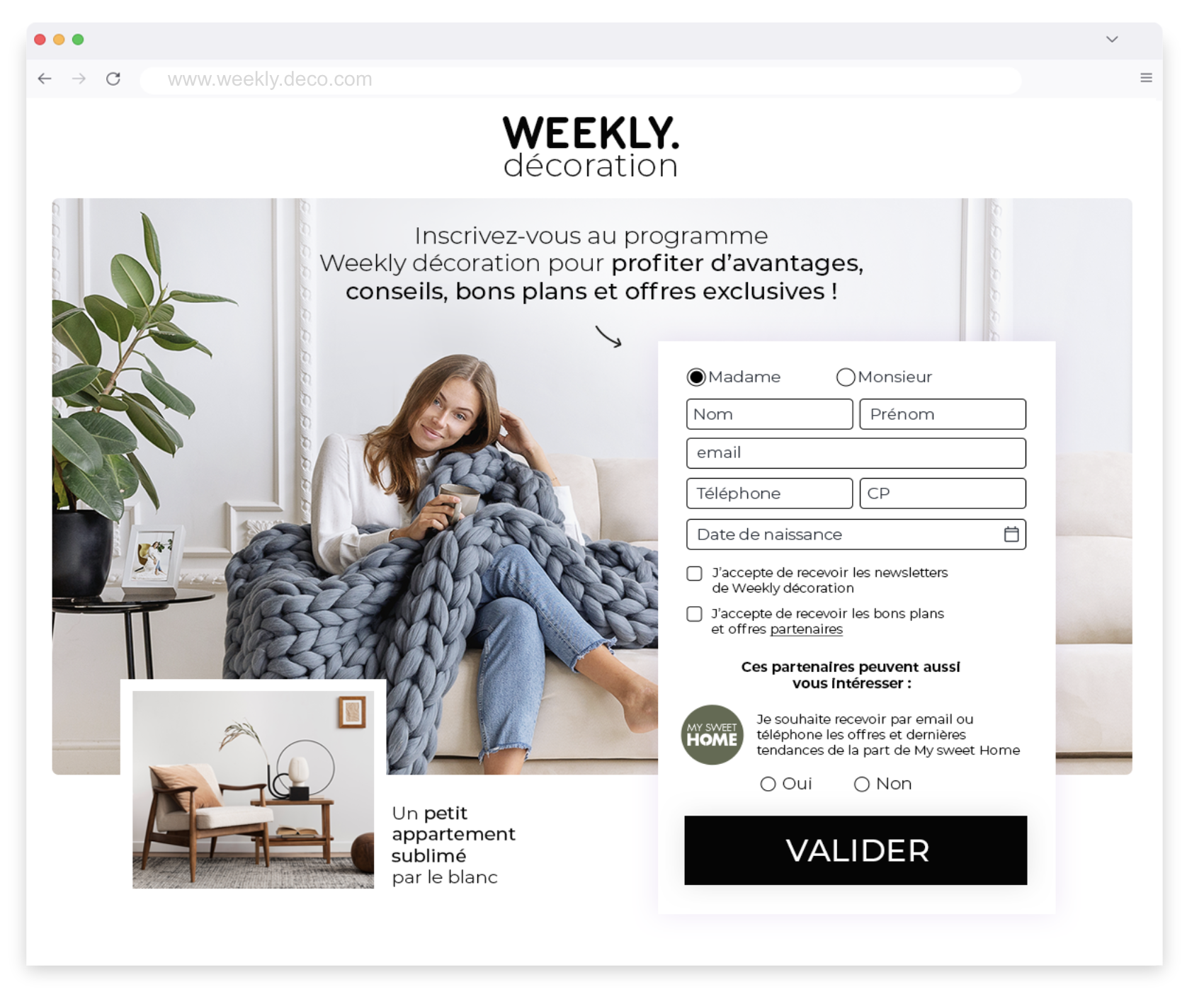
4. Click-to-lead email to collect customer data
This data collection method consists of highlighting an offer to encourage users to sign up for the brand’s newsletter. The opt-in is generated by the click (click-lead), and the user is then redirected to the e-commerce site.
Why use it: to facilitate data collection and generate conversions, as part of a prospecting emailing campaign.
When to use it: as part of an email campaign to generate leads
How to use it: to encourage opt-ins generationThe offer highlighted in the campaign must be attractive. Adding a deadline for taking advantage of the offer can also create a sense of urgency that will encourage prospects to sign up for the newsletter or tick the opt-in box so that they don’t miss out on current promotions.
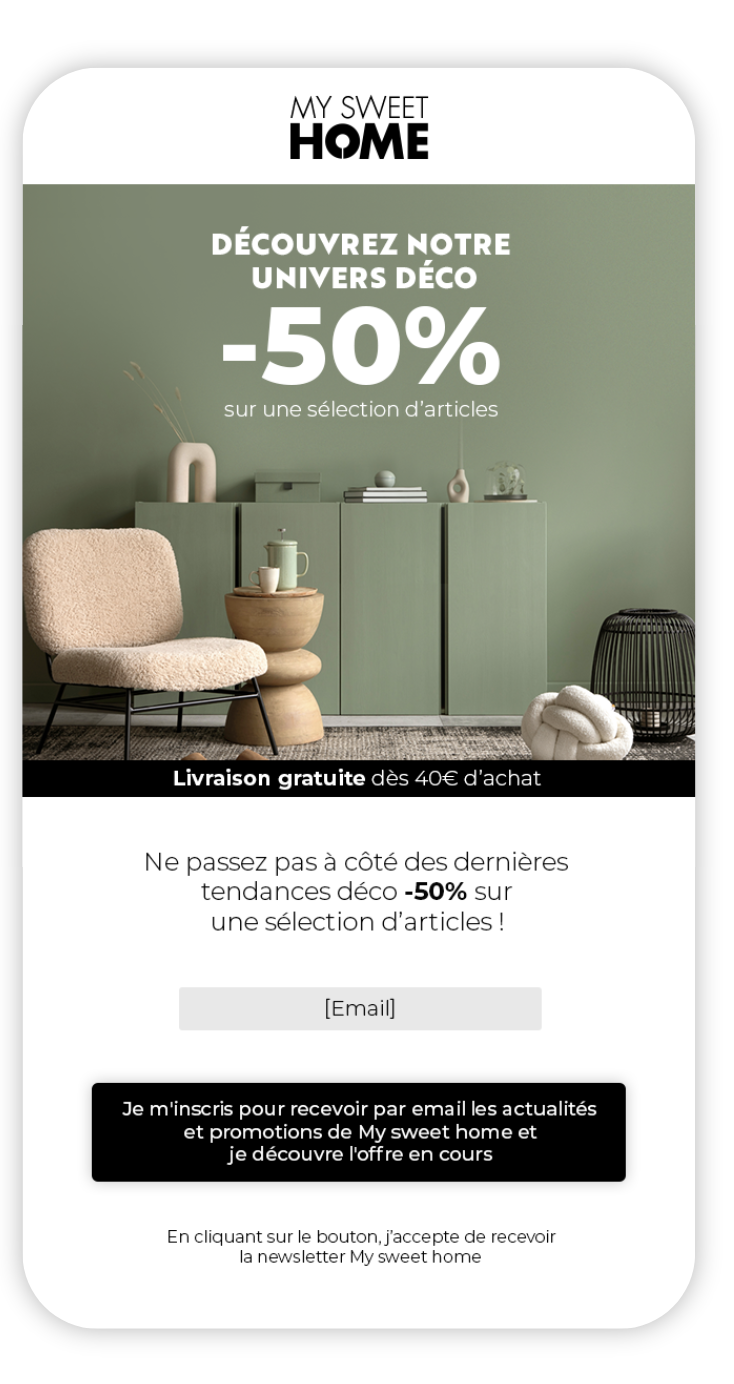
5. Comparators for recruiting highly qualified leads
Finally, online comparators can be a lever for collecting customer data. The principle is simple: users want to find out more before buying a product or service by comparing different offers. They use a comparator and provide precise information in order to benefit from recommendations.
Why use it: to recruit ultra-qualified data and opt-ins.
When to use it: when a new prospect arrives on the comparator to understand their needs.
How to use it : the data collection form must meet the needs of the user (and not just the needs of the company, i.e. the data it wishes to obtain). The questions asked should be geared towards the user’s expectations and focus on a better understanding of their preferences. To encourage prospects to fill in the form, brands can offer targeted incentives (such as the possibility of being called back within X days by an advisor). The prospect can then be targeted with personalised offers.
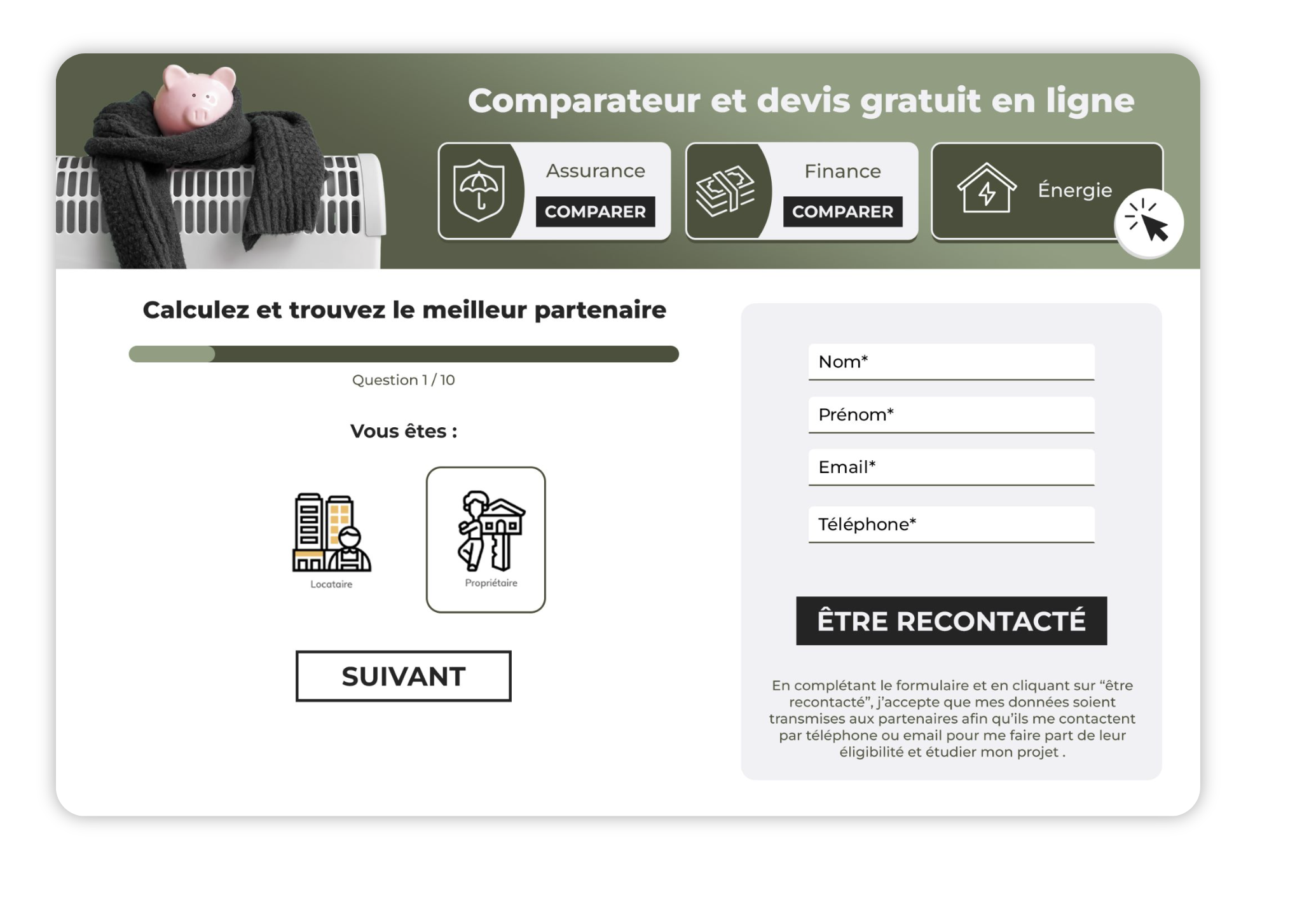
Conclusion
Are you looking for effective ways to collect qualified data and get to know your audience better through an engaging interactive experience? Discover our different data collection formats to increase interaction with your prospects and customers. You are also welcome to view our webinar on data collection.




